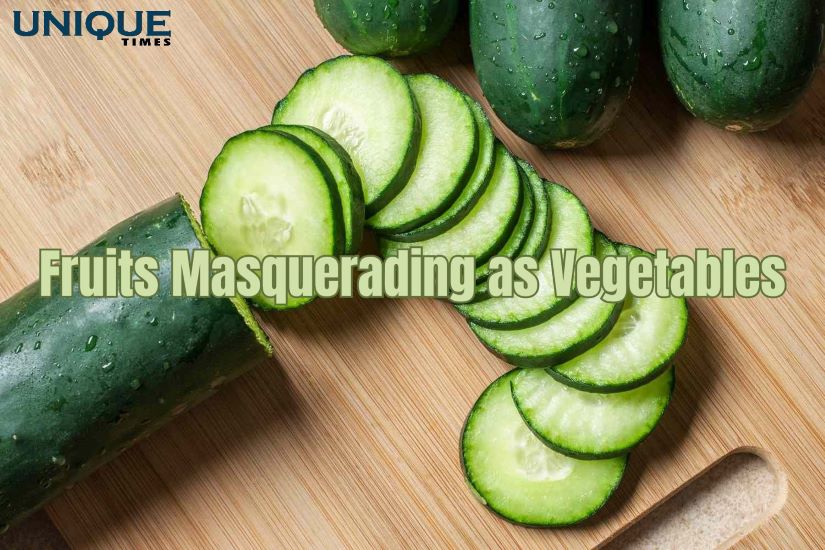9 Common ‘Vegetables’ That Are Actually Fruits

The world of botany often challenges our culinary assumptions, blurring the lines between what we consider fruits and vegetables. Surprisingly, several common foods that we typically categorize as vegetables scientifically qualify as fruits. Understanding these botanical nuances can not only expand our knowledge but also add an intriguing twist to our perception of everyday produce.
- Tomatoes: Often mistaken as vegetables, tomatoes are, in fact, fruits. Their seed-bearing structure places them in the botanical category of berries, challenging their conventional classification in the culinary world.
- Cucumbers: Belonging to the gourd family, cucumbers boast an outer rind and edible seeds, both of which categorize them as fruits, despite their frequent association with savory vegetable dishes.
- Bell Peppers: While widely used in salads and savory dishes, bell peppers share their botanical traits with fruits, owing to their seed-bearing nature and their derivation from the flowering part of the plant.
- Avocados: Renowned for their creamy texture and nutritional value, avocados are technically single-seeded berries, further blurring the line between fruits and vegetables in the culinary spectrum.
- Eggplants: Eggplants, characterized by their fleshy interior and numerous seeds, fall under the fruit category in botany. Their versatility in various cuisines adds a distinct flavor profile to numerous savory dishes.
- Pumpkins: Known for their association with autumnal cuisine and traditional pies, pumpkins are a type of squash, qualifying them as fruits due to their seed-bearing structure.
- Zucchinis: Similar to their pumpkin counterparts, zucchinis, also a type of squash, fall under the fruit category, owing to their seeds and botanical classification.
- Okra: With its elongated shape and numerous seeds, okra aligns with the botanical definition of a fruit, although its culinary applications predominantly revolve around savory preparations.
- Peapods: Despite their common association with vegetable-centric dishes, peapods, including their enclosed peas, are, botanically speaking, classified as fruits due to their seed-bearing nature.
Conclusion: The intricate world of botany often challenges our culinary assumptions, prompting us to reconsider the conventional classification of fruits and vegetables. Understanding the botanical characteristics of common produce not only enriches our knowledge but also adds a fascinating layer of complexity to our perception of everyday culinary ingredients.
Picture Courtesy: Google/images are subject to copyright








